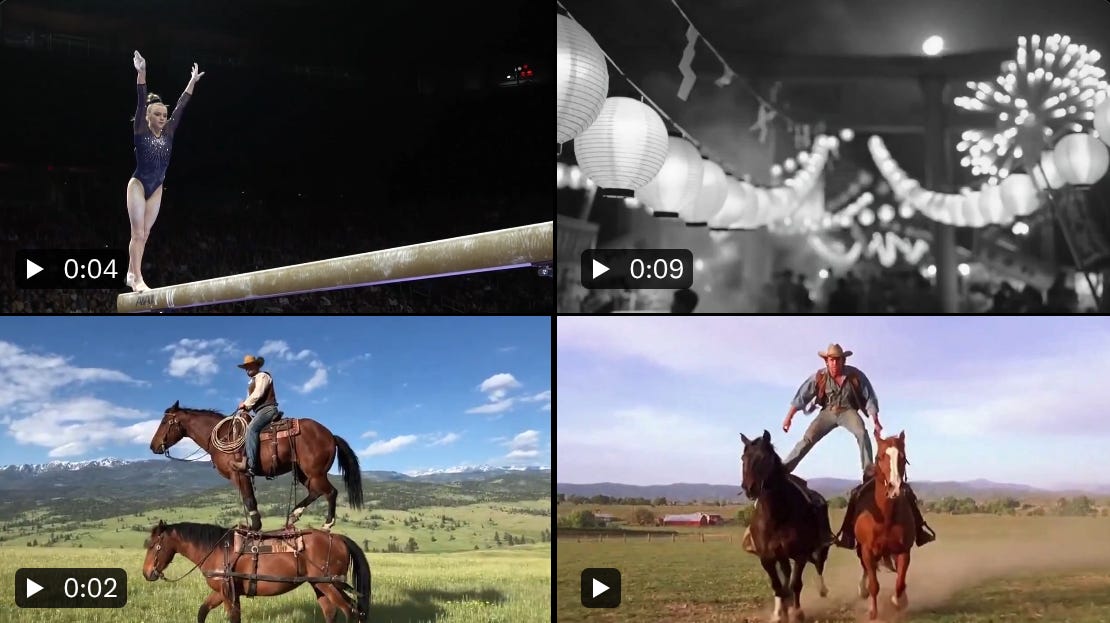OpenAI has just pulled back the curtain on Sora 2, its much-anticipated upgrade to the groundbreaking AI video generator, and the internet is already buzzing with excitement, experimentation, and a fair share of debate. Announced on September 30, 2025, alongside a brand-new Sora app, this release marks a bold leap forward in AI-powered content creation—blurring the line between reality and digital imagination like never before.
Sora 2: The AI Video Playground Goes Social
The new Sora app isn’t just a tool—it’s a
creative playground. Users simply type a prompt, and Sora 2 generates a short, vertical video with synchronized audio, all in seconds. The app’s interface feels instantly familiar, drawing comparisons to TikTok’s addictive vertical feed, but with a twist: every clip is conjured by AI, not a camera.
Early adopters are already flooding the feed with everything from surreal animations to eerily realistic cameos of celebrities—prompting OpenAI to double down on moderation and content restrictions. The company’s system card touts
sharper realism, improved physics, and stronger steerability, meaning videos look more lifelike, follow user instructions more closely, and even sync dialogue and sound effects with uncanny precision.
What Makes Sora 2 Different?
OpenAI’s latest model addresses some of the biggest pain points from the original Sora:
-
Synchronized Audio: Sora 2 generates video and audio together, so lip movements and sound effects actually match up—no more awkward dubs.
-
Sharper Realism: Expect fewer “AI glitches” and more convincing motion, thanks to improved physics and a wider stylistic range.
-
Enhanced Control: Creators can now script camera moves, describe moods, and specify action beats with greater reliability, making it easier to get cinematic results.
But there are limits. Sora 2 currently focuses on
very short clips—think teasers, stylized shorts, or brand snippets. The rollout is still limited, with access restricted to select users and safety testers, though OpenAI promises a broader release later this year.
The Double-Edged Sword: Creativity vs. Risk
With great power comes great responsibility—and Sora 2’s capabilities are already raising eyebrows:
-
Misinformation Fears: The ability to generate hyper-realistic videos from text prompts could supercharge the spread of deepfakes and disinformation, complicating efforts to verify what’s real online.
-
Privacy and Consent: OpenAI is working to restrict the creation of videos featuring real people without consent, but early reports show the moderation challenge is immense.
-
Bias and Security: Like all AI, Sora 2 can inadvertently perpetuate biases or be misused for fraud if it falls into the wrong hands.
OpenAI says it’s taking a “phased approach” to public access, using this limited release to gather feedback and refine safety measures before opening the floodgates.
How to Get Sora 2—and What’s Next
Right now, Sora 2 is available only to a select group of testers. OpenAI hasn’t revealed pricing or a firm public launch date, but interested users can sign up for updates on the company’s website. As the rollout expands, expect a surge of new AI-generated content across social media, advertising, and entertainment.
The big question:
Will Sora 2 democratize creativity, or unleash a new wave of digital confusion? For now, the world is watching—and experimenting.
Sources
1. Sora 2: How To Download, What It Can Do, and How To Use It
2. OpenAI Sora: Revolutionary Text-to-Video Tool - eWeek
3. Exploring the Limits of Sora 2 in 2025: What Works (and What Doesn't)
4. 8 Best Online Communities to Share and Discover Sora 2 Creations ...
5. Top Sora 2 Prompting Tips Every Video Creator Should Know (2025)
6. Sora: Creating video from text - OpenAI
7. Opinion | My journey into the artificial world of Sora 2
8. Straight Arrow News - SAN - Unbiased. Straight Facts.
9. OpenAI's Sora 2 Is Here - Generative AI
10. The Rundown AI — Daily AI News & Insights in 5 Minutes a Day
11. Introducing Sora 2 - YouTube
12. CBS News | Breaking news, top stories & today's latest headlines
13. Top 10: AI Applications - AI Magazine
